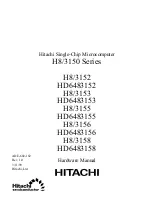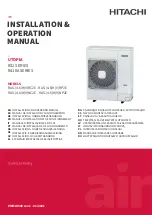
8 Genesis LXP
®
© 2015 Genesis Attachments, LLC
GENERAL SAFETY
Check the Equipment
Before beginning each shift, take the time to check the equipment and have all systems in good
operational condition.
Check the following:
•
Warning decals, special instructions and operator’s manuals. Make sure they are legible
and in the proper location.
• Grease fittings. Pump grease at all fitting locations.
•
Blades and wear surfaces for wear or damage.
• Hydraulic fluid level. Add hydraulic fluid as required.
•
Hydraulic hoses and hose connections for wear or leaks. Repair or replace any damaged
hoses or connections.
•
All control levers for proper operation.
•
Rotation bearing. Visually check for loose or damaged bolts. If repair is required, refer to
qualified personnel.
•
Grease rotation bearing and pinion gear.
Know the Work Area
Check clearances in the work area. Keep all bystanders at a safe distance. Do not work under
obstacles within the working range of the processor. Check the location for overhead and buried
power lines or other utilities before operation.
Check ground conditions. Be aware of unstable or slippery areas and avoid them.
Know the Rules
Most employers have rules governing proper operation and maintenance of equipment. Before
starting work at a new location, ask your supervisor or safety coordinator about rules you are
expected to obey.
Understand traffic rules at your job site. You must recognize and understand all signs, flags and
markings; hand, flag, whistle, siren and bell signals.
Position the Processor
Position the excavator on firm, level ground. Do not operate on slippery ground conditions.
If level ground is not possible, position the excavator to use the processor to the front or back of
the excavator. Avoid working over the side of the excavator.
To avoid tipping and slipping, do not park on a grade exceeding 10% (one-foot rise over the span
of a ten-foot run).
BEFORE OPERATING










































